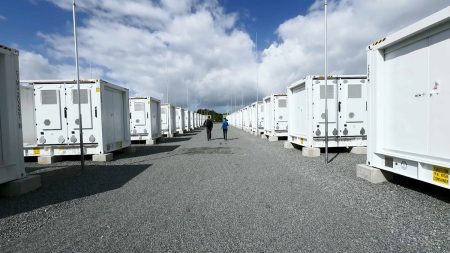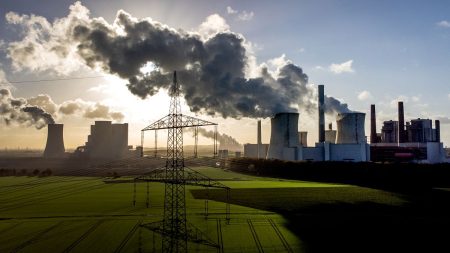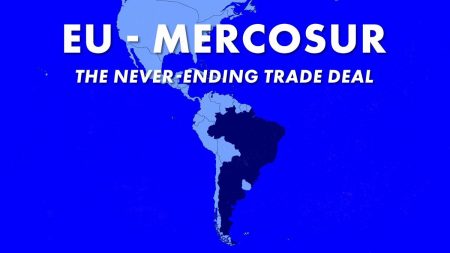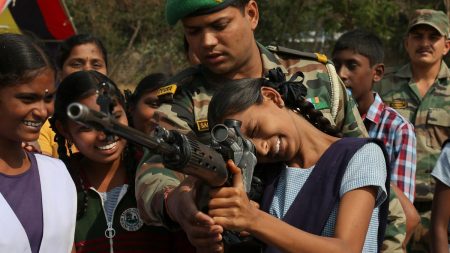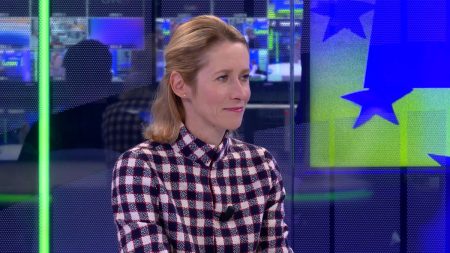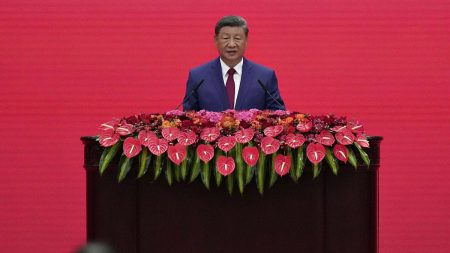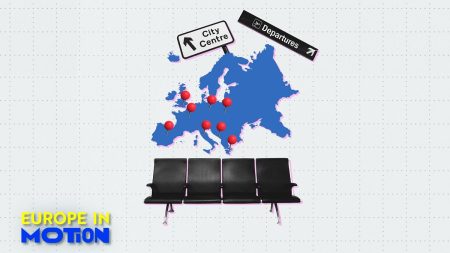President Volodymyr Zelenskyy of Ukraine announced in a nightly address to the nation that the country was making progress towards its “strategic goal” in Kursk. Ukrainian forces claimed to have advanced further into Russia’s Kursk region, capturing more ground and taking over 100 Russian soldiers as prisoners. They also reported destroying a Russian Su-34 strike jet and attacking military airfields in the region. Zelenskyy stated that the captured prisoners would eventually be exchanged for Ukrainian prisoners of war. He also called on Western allies for more weaponry, emphasizing the need for missile weapons to support Ukraine’s ongoing offensive.
The Russian response to Ukraine’s incursion into Kursk has been swift, with roughly 121,000 people evacuated from the region since the start of the surprise cross-border offensive on 6 August. The Belgorod border region next to Kursk declared a regional emergency due to heavy Ukrainian shelling, and a federal emergency was declared in Kursk on Saturday. The battlefield landscape has shifted dramatically, with Ukrainian forces pushing out from the town of Sudzha in multiple directions. The Institute for the Study of War reported that Ukraine has captured almost as much Russian land in Kursk in a week as Russian forces took in Ukraine over the last seven months, showing the extent of Ukraine’s offensive.
As the offensive continues into its second week, Russian forces are still adjusting to Ukraine’s unexpected move into Kursk. The push by Ukraine has exposed weaknesses in both sides, with Kyiv extending the front line and committing new troops while Russia scrambles to respond. Ukrainian battalions, drawn from multiple brigades and some pulled from the front lines, have been deployed in Kursk. Despite the challenges faced by both sides, Russia still maintains an overall strategic advantage. President Putin claims that Ukraine’s incursion is an attempt to halt Moscow’s offensive in the Donbas region and strengthen Kyiv’s position in future peace talks.
Ukrainian presidential adviser Mykhailo Podolyak acknowledged that the incursion into Kursk could give Ukraine leverage in negotiations with Russia. By occupying part of Russian territory, Ukraine may have a stronger position in potential cease-fire talks. However, a Ukrainian foreign ministry spokesman clarified that the cross-border operation was primarily aimed at protecting Ukrainian land from long-range strikes launched from Kursk. Zelenskyy’s call for additional weaponry from Western allies reflects Ukraine’s ongoing need to bolster its forces in the face of Russian aggression.
The situation in Kursk has caused significant disruptions and prompted a large-scale evacuation of civilians from the region. The continued clashes between Ukrainian and Russian forces have changed the dynamics of the conflict and raised concerns about escalating tensions between the two countries. Ukraine’s bold move into Kursk has not only put pressure on Russia but has also highlighted the challenges and risks involved in the ongoing conflict. The exchange of prisoners and the request for more weaponry from Western allies are indicative of Ukraine’s determination to continue its offensive and secure its territory against Russian threats. The evolving situation in Kursk underscores the complex and volatile nature of the conflict in Eastern Europe.





